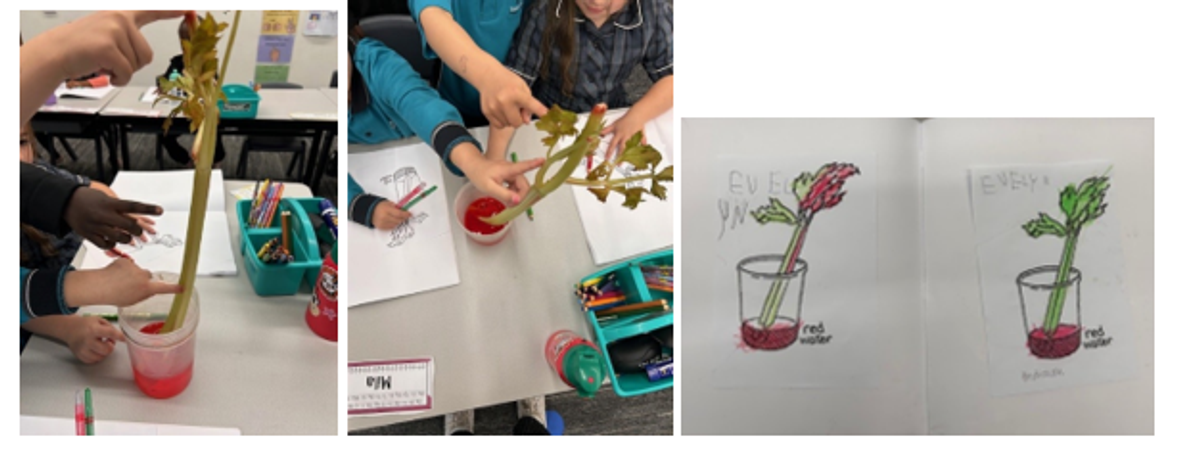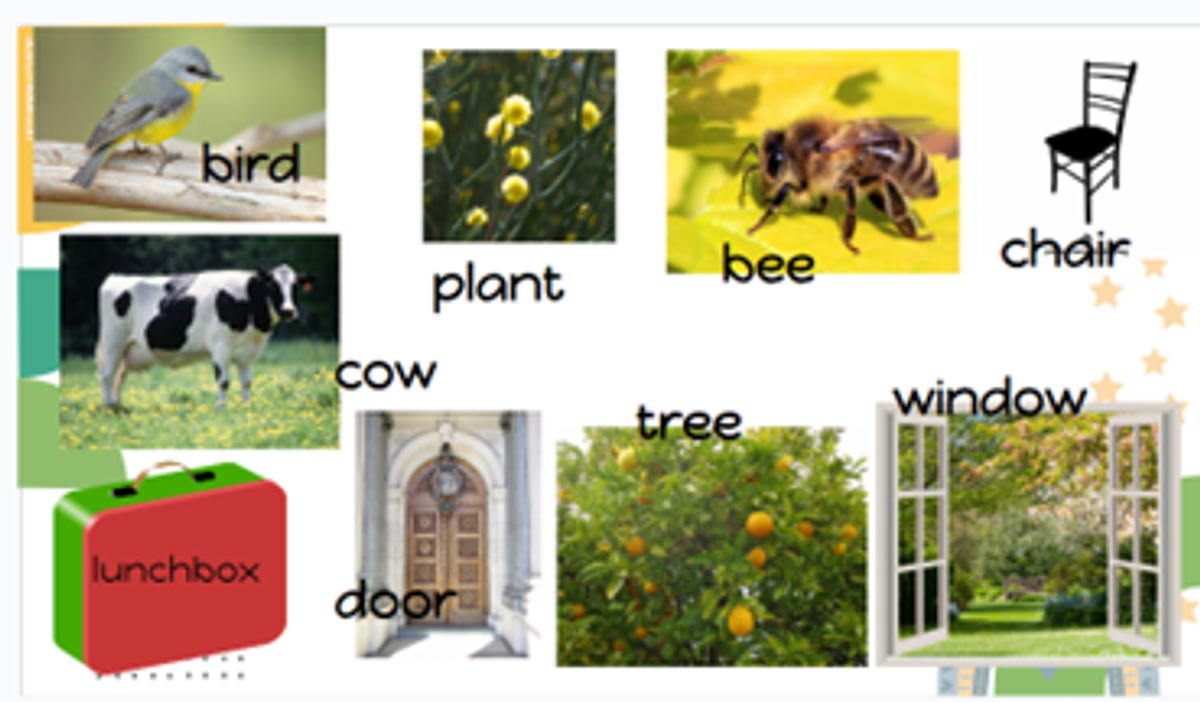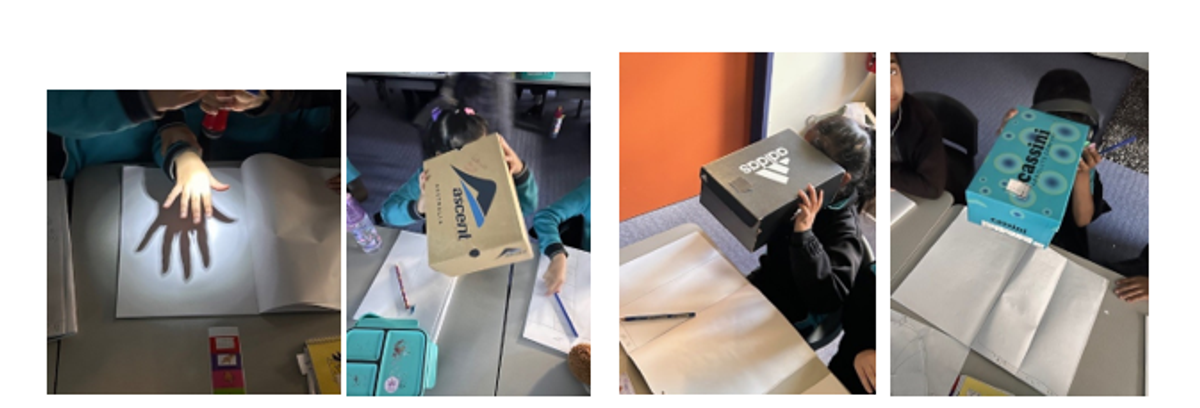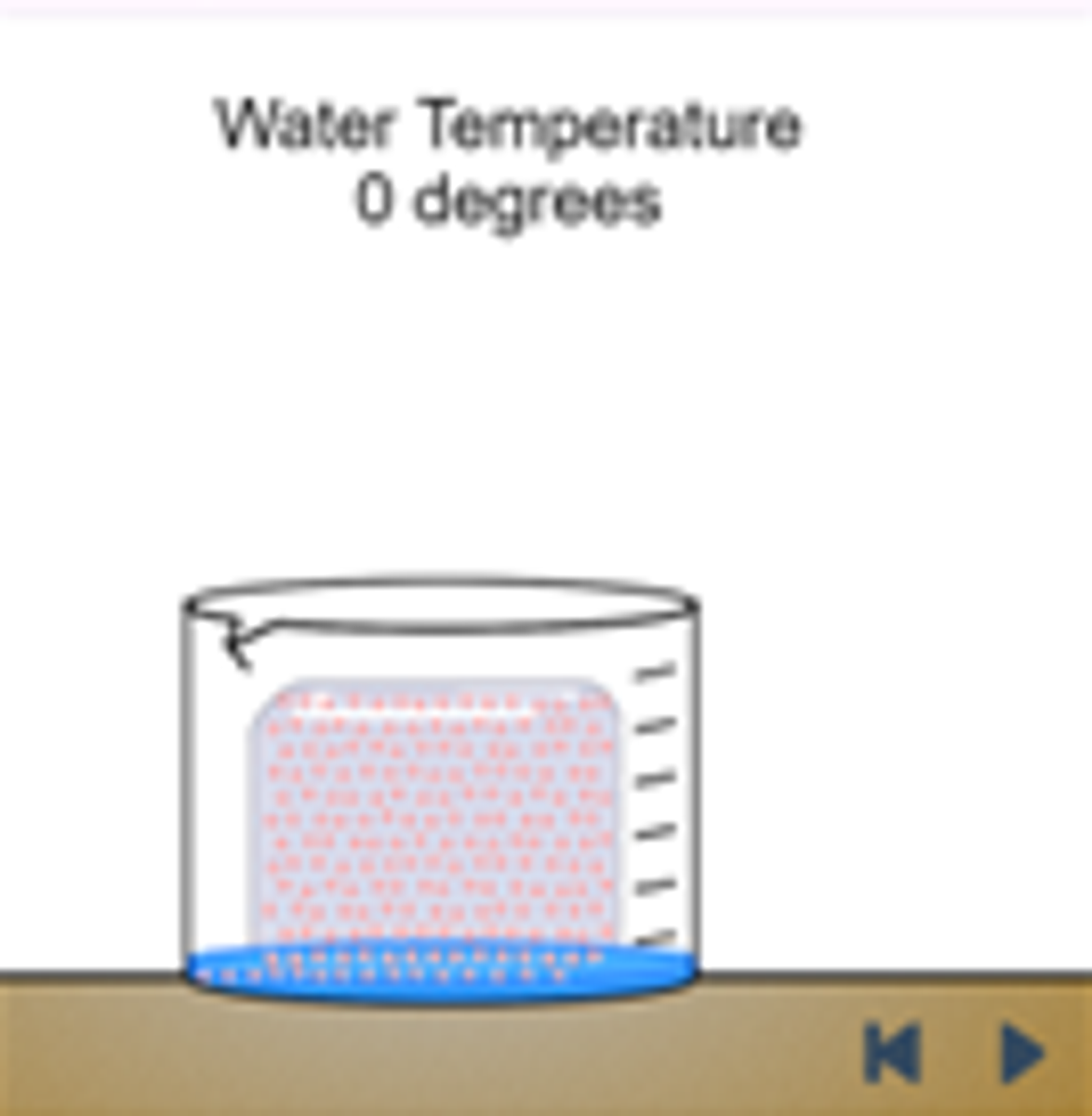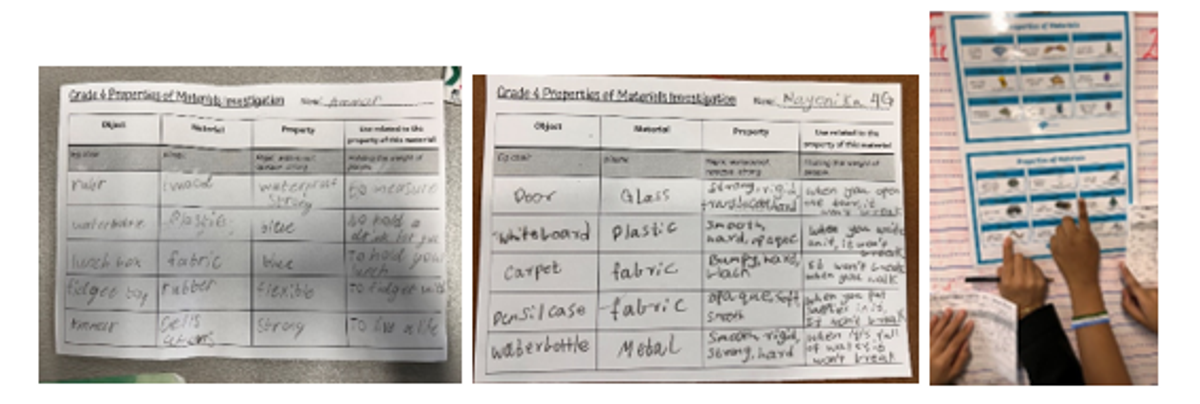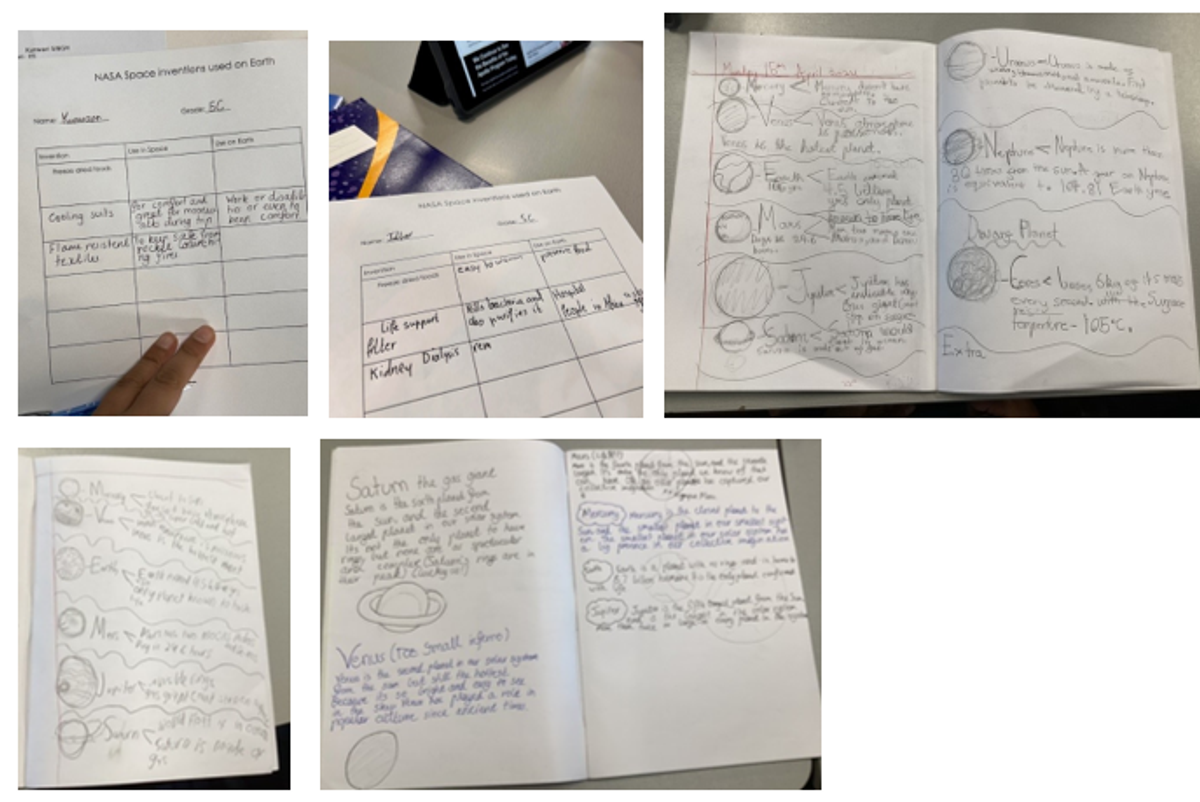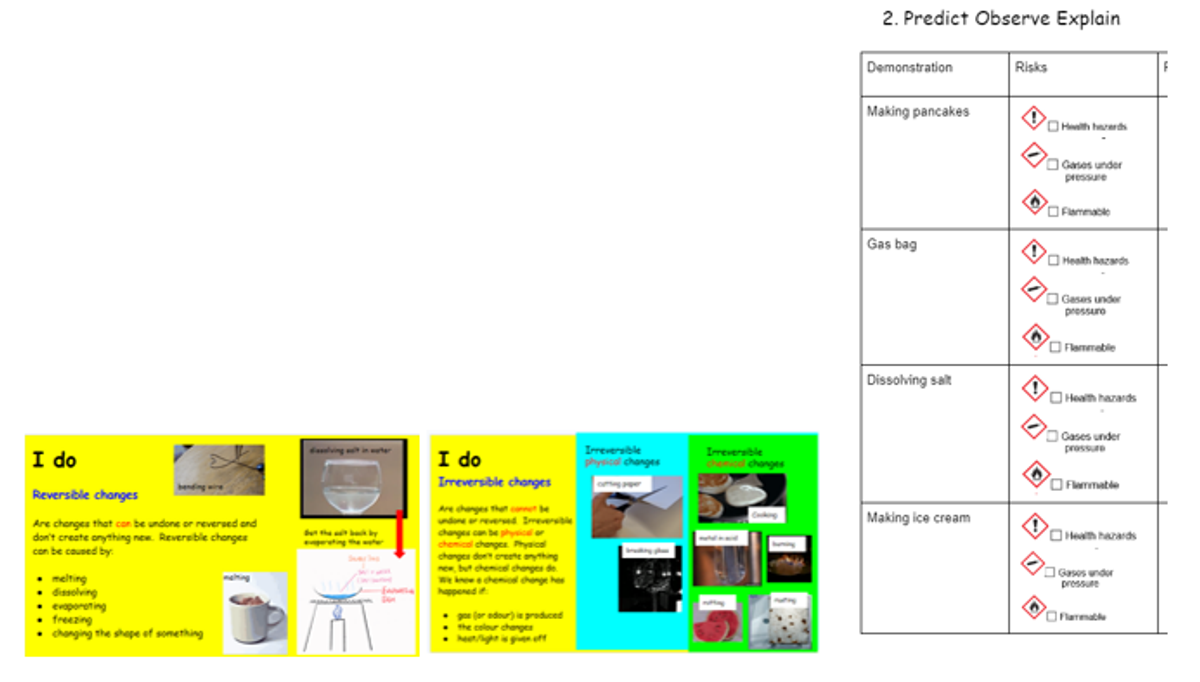STEM News
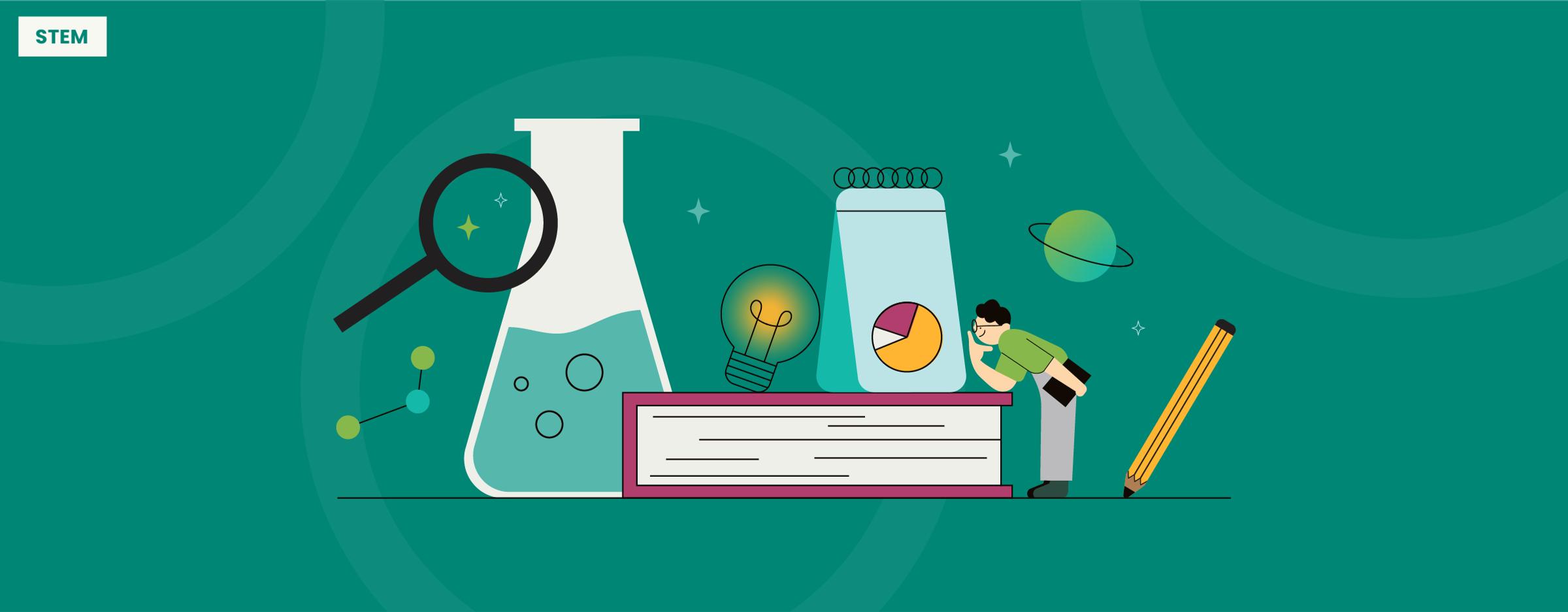
Prep students have been learning to identify the different parts of plants and animals. They witnessed the stem of this celery “sucking up” the red water, when it coloured the whole stem and leaves. Students predicted what they thought would happen then recorded their results on a picture.
Grade 1 students have been learning about what we got from plants and animals. They were very interested to learn that things like medicines and rubber actually come from plants! Students can also now identify living and nonliving things and know how to decide if something is living or not.
The song linked below was very helpful to students when sorting objects into living and nonliving things. Ask them to show you the actions!
Living & nonliving things song https://www.youtube.com/watch?v=Z_aAkuK_8nQ
Grade 2 students have been learning that an object needs to be illuminated to be seen by our eyes; natural and artificial light sources; and light reflectors. Students explored shadows, trying to see inside a dark box without any light sources.
Grade 3 students are learning about what makes something a solid or a liquid state. They saw what can happen to some materials when they are heated up. Students predicted what would happen to honey, plastic and chocolate when heated up.
Students were fascinated to observe a digital simulation of the particles in water as it turned from a solid, to a liquid to a gas. The simulation can be viewed here.
Grade 4 students are learning about materials and their properties. They searched around the classroom for materials, identified the properties and explained why a particular object needed to have those specific properties. For example, a ruler is rigid and hard because it needs to be able to hold firm to draw a straight line.
Grade 5 students have continued their research about the planets. They found out the sizes, distances from the Sun, the length of a day and the time a planet takes to orbit the Sun. Students presented their research as a poster and shared their information with other students. They also researched innovations from space exploration that have been adapted for use on Earth.
Grade 6 students have been exploring reversible and irreversible changes that occur in chemical science. They identified reversible changes such as dissolving salt in water, melting ice and boiling water to form condensation. Irreversible changes were cooking pancakes, rotting food, rust on metal and burning something.
